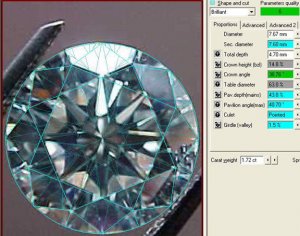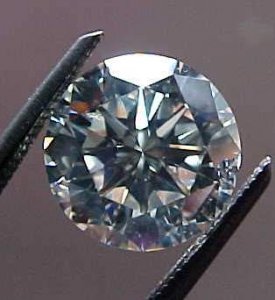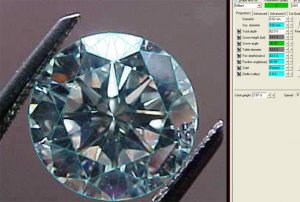- Joined
- Apr 3, 2004
- Messages
- 33,852
DavidDate: 7/8/2005 3:40:45 PM
Author: diamondsbylauren
Hi Everyone- It''s a brand new day!
Dancing- it''s a great thing you''ve started to educate yourself on diamonds- how could you have paid over $5000 for a stone that looked like that one?
And it''s also great that it''s such a stunning diamond now!
i was told that a 60/60 Russian cut was the best.don''t get me wrong,i''m not saying that all 60/60 cuts are ugly,just that mine was. i don''t see enough of them to give an opinion.














300x240.png)